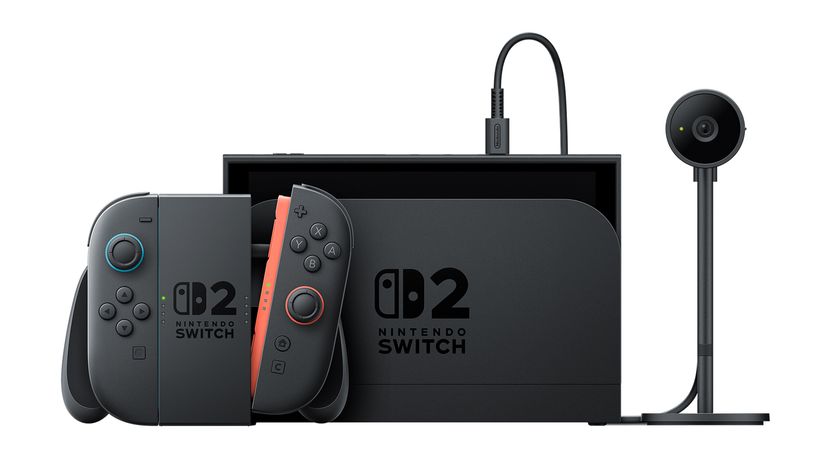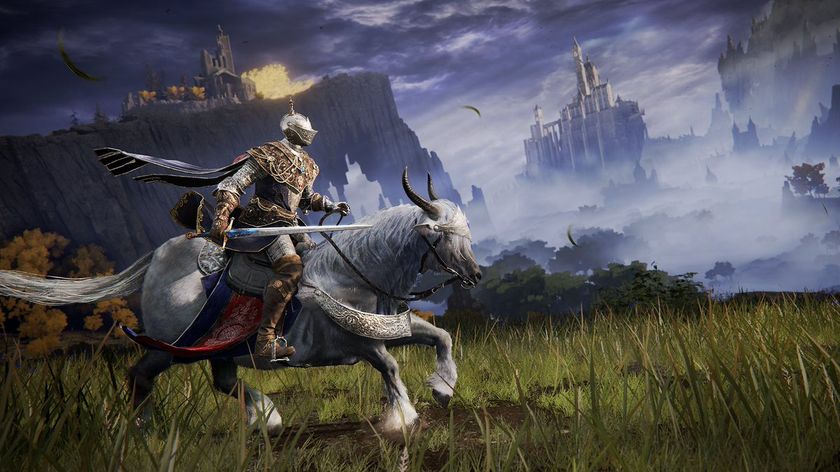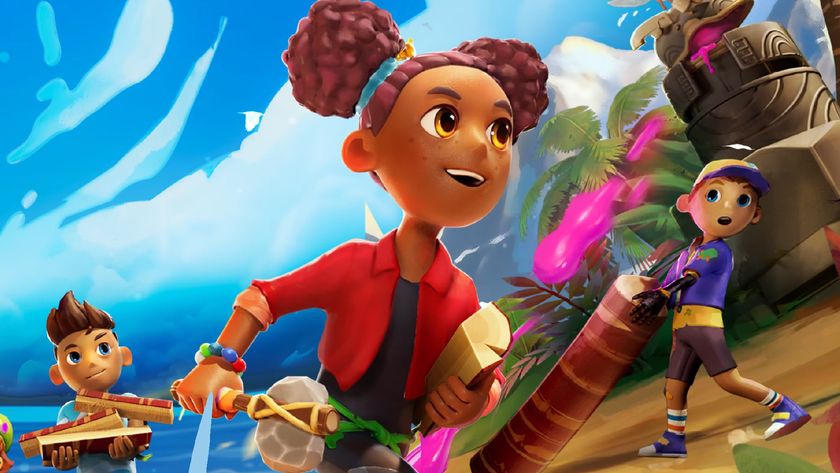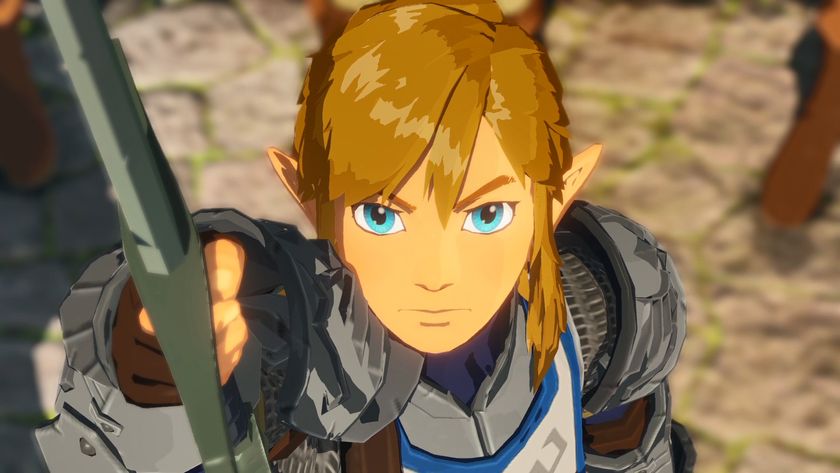Your Nvidia graphics card will soon be able to help you when you’re stuck in games
Like an AI pin for the virtual realm
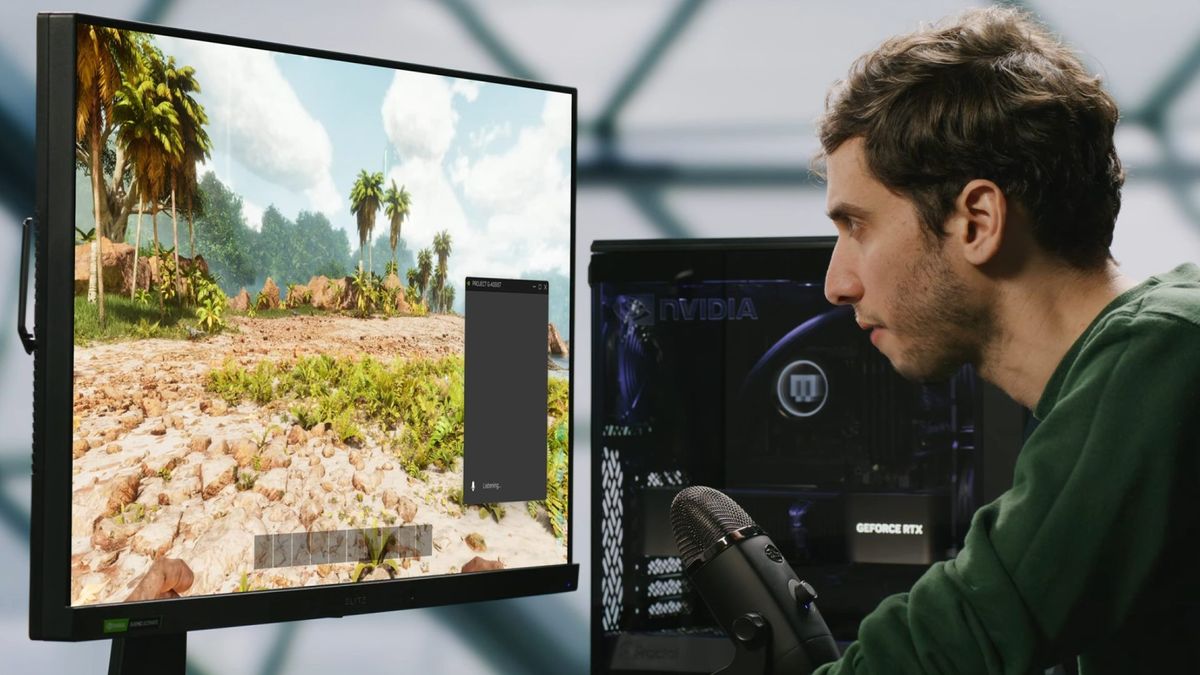
Nvidia just unveiled a new AI assistant for GeForce graphics cards, and it’ll effectively serve as a virtual in-game guide. If you’ve ever found yourself lost in the expanse of an open-world romp or puzzled at perplexing RPG lore, you’ll likely be hyped for the green team’s latest GPU tool. I share that excitement, but part of me is nervous about what it means for the art of game guides and human expertise. And no, it's not an April Fools joke like last time.
Arguably, Nvidia has shifted from being all about making the best graphics cards to being an AI innovator. That’s not to say the Nvidia GeForce RTX 4090 will be the last time it sits on the GPU throne, but let’s just say it now has bigger priorities than making your Steam games look pretty these days. I’m surprised it has taken this long for the company to add some sort of virtual assistant to its tech, even though it has been putting Tensor cores to work on the visual side of things for some time.
Revealed during Computex 2024, Nvidia describes G-Assist as “an RTX-powered AI assistant technology demo that provides context-aware help for PC games and apps.” In practice, that means it’ll use a bunch of information, both visual and in the background, to provide answers to questions and queries. That includes everything from where to find in-game items to more technical guidance that may help you boost fps. That latter element might save you from having to look at best settings guides ever again, as your GPU could tell you exactly what you should do to achieve higher frame rates and even do it on your behalf.
In a demo video, Senior Project Manager Guillermo Siman asks G-assist “What’s the best early game weapon, and where do I find the crafting materials for it?” in Ark: Survival Ascended. The assistant directly answers the first part by citing “the spear” and then goes on to list every component required to make it with both a text paragraph and voice. According to Nvidia, the data for this example comes courtesy of the developers themselves, but it’s expected that it’ll use a mix of dev and community information to generate answers in the future.
Naturally, I’ll need to take G-assist for a spin myself before knowing if it holds up as an assistant. While the Computex demo is pretty impressive, and could ultimately change the demand for game guides and system requirements online, you only have to look at the recent shenanigans with AI pins to know things can go awry. You’ll also need a new RTX GPU to actually take advantage of the feature when it does eventually land, so you could say it’s yet another handy feature behind a premium GPU paywall.
Looking for a complete system? Check out the best gaming PCs and best gaming laptops for a selection of rigs. Alternatively, swing by the best gaming handheld if you’re looking for a new portable powerhouse.
Sign up to the 12DOVE Newsletter
Weekly digests, tales from the communities you love, and more

I’ve been messing around with PCs, video game consoles, and tech since before I could speak. Don’t get me wrong, I kickstarted my relationship with technology by jamming a Hot Wheels double-decker bus into my parent’s VCR, but we all have to start somewhere. I even somehow managed to become a walking, talking buyer’s guide at my teenage supermarket job, which helped me accept my career fate. So, rather than try to realise my musician dreams, or see out my University degree, I started running my own retro pop culture site and writing about video games and tech for the likes of TechRadar, The Daily Star, and the BBC before eventually ending up with a job covering graphics card shenanigans at PCGamesN. Now, I’m your friendly neighbourhood Hardware Editor at GamesRadar, and it’s my job to make sure you can kick butt in all your favourite games using the best gaming hardware, whether you’re a sucker for handhelds like the Steam Deck and Nintendo Switch or a hardcore gaming PC enthusiast.




